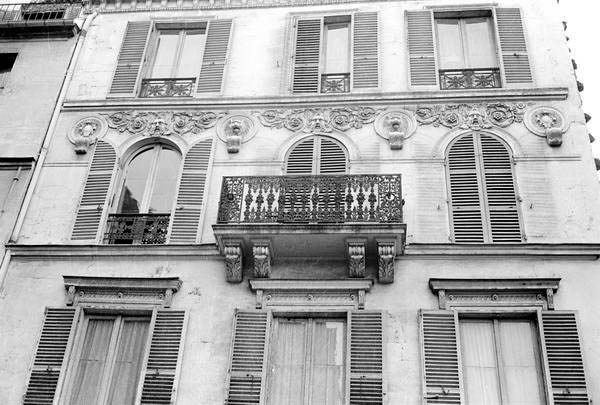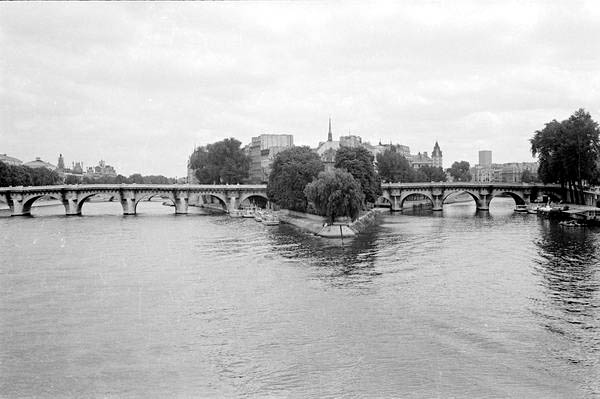Paris August 1973: We all start in photography some time, and although I’d owned a camera of sorts for some years my real start in photography came in August 1973 in Paris.
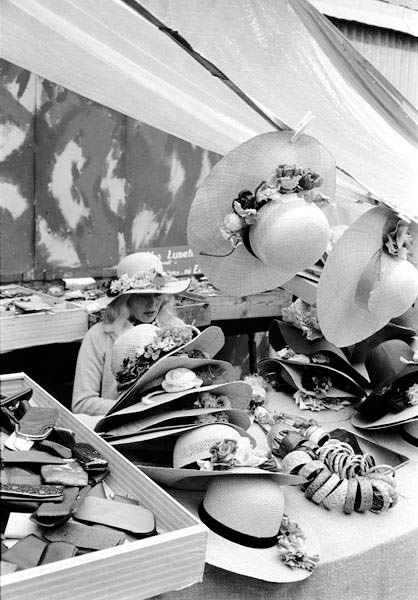
My interest in photography had begun when I was very young, looking at the pages of Picture Post from my toddler years. We were too poor to actually buy the magazine but got old copies given to us by friends and neighbours and even before I could read – self-taught when I was 4 – we played with these, looking at the pictures, drawing over them and doubtless tearing them up. Later we were give a large stack of old National Geographic Magazines on the death of a wealthier distant relative, and on wet days when we couldn’t go out and play on the streets we would leaf through these laying on the floor.
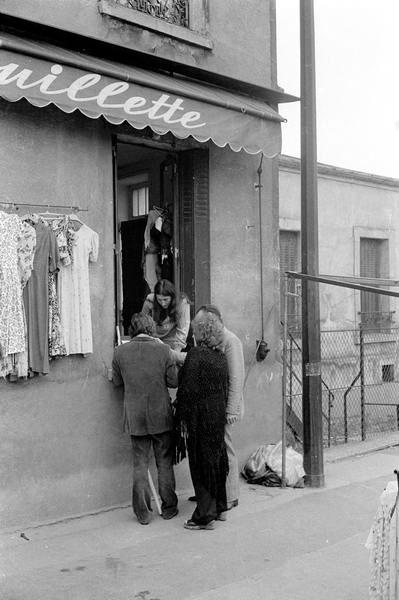
When around 8 or 9 I had got my first camera given to me by my brother Jim, the eldest of us four children and then over twice my age. He had worked briefly for Ranks who then handled Pentax cameras and had taken up photography slightly as a hobby though on a very amateur level. The only pictures I remember him taking were some posed portraits of members of the family and family groups. His interests were largely technical and they included some pictures taken with flashbulbs including one of the family (except him) seated around the breakfast table.
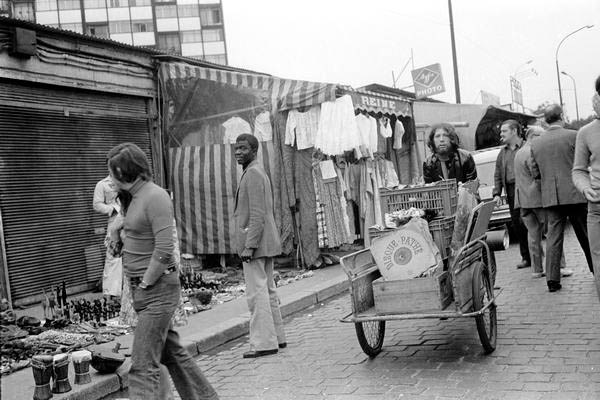
The camera he gave me was not of course a Pentax but a plastic Kodak Brownie 127 and it was loaded with film. I carefully made my 8 exposures and then opened the camera back and was disappointed to find there were no pictures on the film. I never used the camera again!
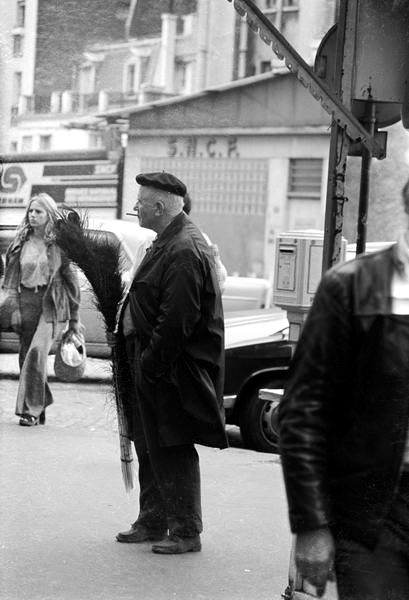
Later at the age of around eleven I graduated from the Junior to the Adult public library and on my regular weekly visits there would spend some time leafing through the pages of Amateur Photographer, with a growing interest in the pictures of often scantily clad women – and even the occasional very cautiously posed nude.
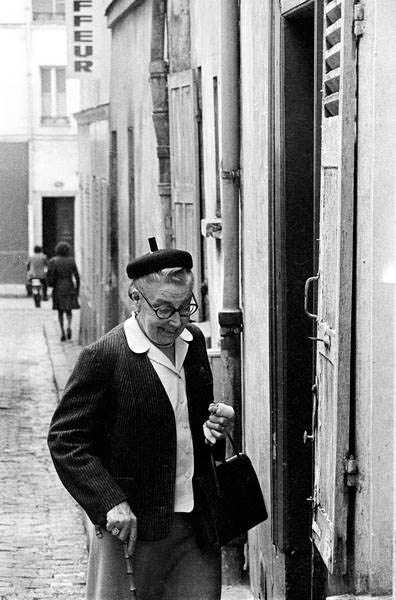
When I was around 14 I would walk several times a week past a pawnbrokers and jewellers near my home. In Tracz’s window was a shiny 35mm camera which looked just like those in AP, a Halina 35X made in Hong Kong. I lusted after that camera, but the price tag on it was over 150 times my then weekly pocket money income.
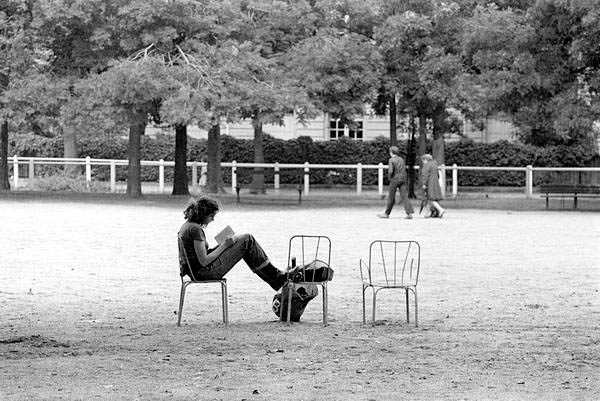
For over a year I saved very penny, including the odd half-crown gifts at Christmas and my birthday, wearing the shop window thin as I rubbed my nose on it every time I went past, hoping it had not been sold. Finally I had a heavy cardboard box full of small change to take to the shop. But when I counted it out on the counter I found it was 5d short and broke down in tears. For probably the only time in his life as a shop-keeper, Mr Tracz relented and made a sale for less than the advertised price.
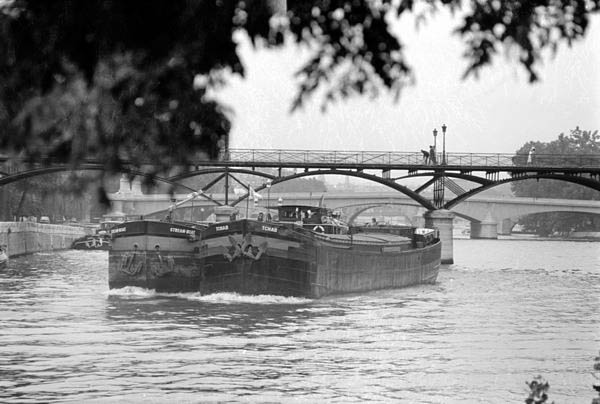
I had a camera, but it was only a couple of years later that I could afford to buy and film and pay for it to be processed. I think it will have been Ilford FP3 and I posted it to the cheapest service in the AP small ads – I think developing and en-prints cost me just under a pound. As well as a couple of family portraits made in my back garden I got on my bike and photographed some of the ancient oak trees in Richmond Park and another landscape there. The results were not too encouraging, partly because of the poor quality of the printing.
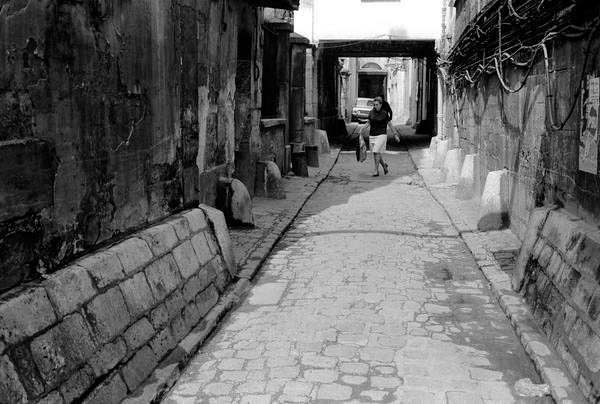
In the next ten years I probably took another ten films, I think only one black and white, the rest holiday pictures and a girlfriend sitting in a cherry tree (we’d broken up before I got the slides back.) A pound or so sounds cheap, but back then I was living on around £300 a year and after rent, food and bus fares there was nothing to spare on taking photographs.
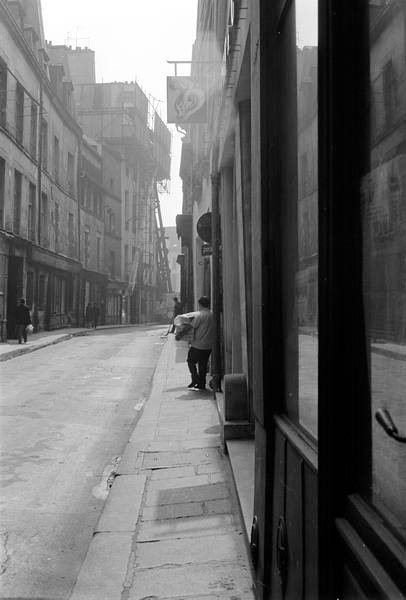
I’d also managed to drop the Halina in a lake on my first visit to Paris, taking the woman later my wife rowing at Versailles. The boatman had later managed to find it and fish it out with his boathook and I think was rather disappointed when all he received for his efforts was profuse thanks rather than a large tip. The slides from the film in it had a strange colouration and the camera was never quite the same again, giving random shutter speeds at all settings but seldom fast enough to prevent camera shake. Later I gave it to my brother-in-law who continued to use it for some years despite this.
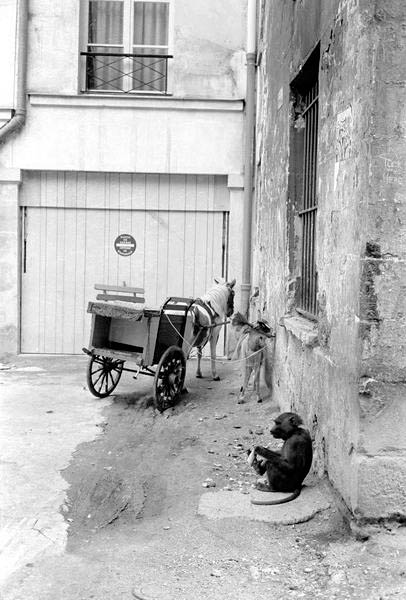
In 1971 I took short courses on photography, film and media studies as a part of a graduate teaching course and also met the first real photographer I had known who was taking the same course. So when I started earning money from teaching I was able to buy a new camera and also the gear – developing tank, trays, enlarger – to enable me to develop and print my own films, taping black plastic sheeting over the kitchen window to do so.
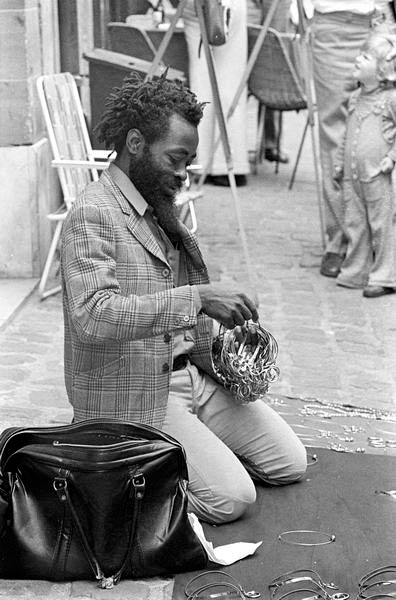
I was lucky in that my local library had several books from the original Ansel Adams Basic Photo Series, particularly volume 3 ‘The Print‘ first published in 1968. Although my earlier course had taught me the very basics, I really learnt how to print from Ansel. And although I’m not the greatest fan of his images, he was certainly a very fine printmaker.
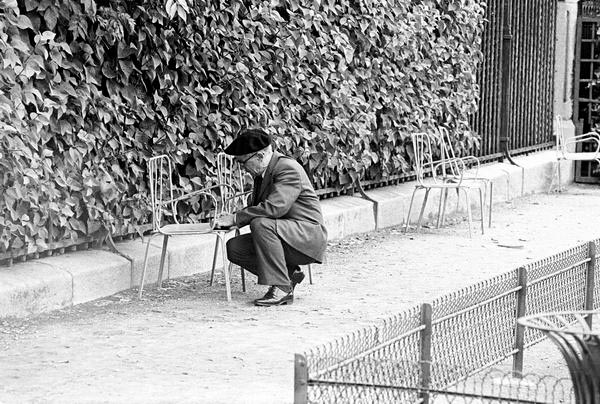
Of course I still couldn’t afford a Leica – or even a Pentax. But there were cheap Russian cameras available, both rangefinders and SLRs. I tried several but settled on a Zenit B, a heavily built SLR, buying it with the more expensive Helios 44-2 58mm f/2 lens. Mine was the later version with and M42 screw mount.
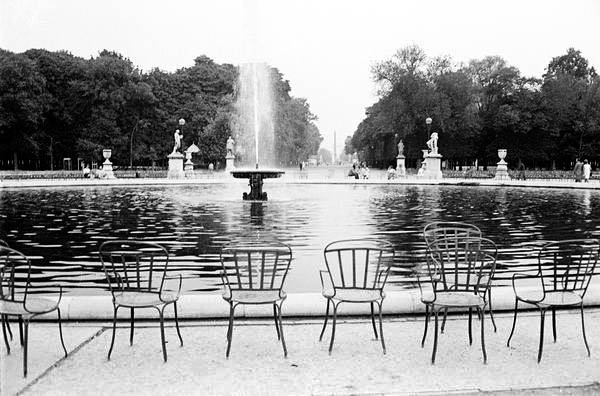
By 1983 I had added both a Jupiter-9 85mm f2 and a Mir 37mm f2.8 to my camera bag, as well as buying a modern relatively compact Olympus-35SP 35mm camera which had auto-exposure and 42mm f1.7 lens.
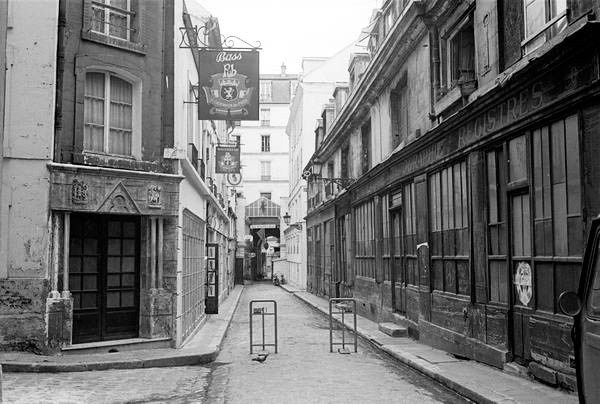
So I had the equipment to become a photographer but didn’t really know then what I wanted to use it for. My first real photographic project was taking pictures of Paris in 1973. Many of these pictures were made with the Zenith, but I found the Olympus easier to use when photographing people.
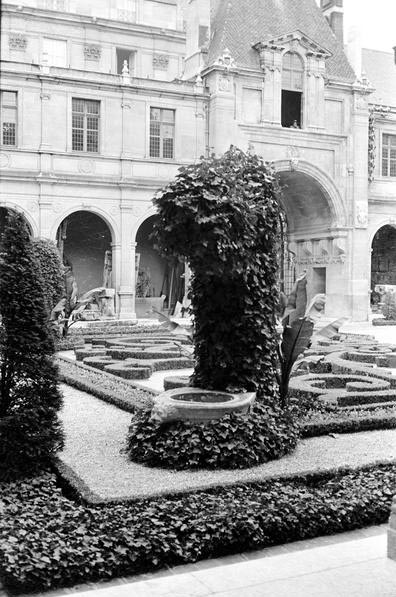
Although neither of us were still students we still were able as recent ex-students to stay at a cheap student hostel in a palatial town house in the centre of Paris, and as teachers our union cards got free entry to the museums in the city. So we were able to spend time cheaply in Paris, a city small enough for those fit and young to cover on foot, including most of the many promenades in an old French Green Michelin guide during a stay of several weeks.
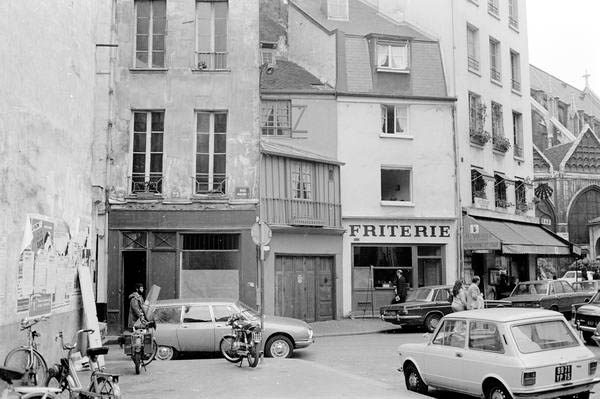
We picnicked in the local parks, ate cheap meals in the hostel including as much bread and jam as we could manage at breakfast, bought cheap wine and I took photographs. After dark we struggled back up several flights of grand stairs to our room and collapsed exhausted on the bed, the room barely lit by the dimmest light bulb I have ever seen.
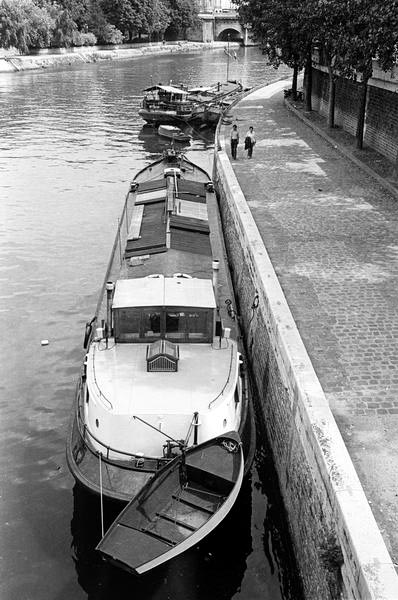
Eventually we had to return home and recover in time to start a new term of teaching. Over the next few weeks I developed the films and made prints, sending a batch of 10x8s to one of the better photographic magazines and receiving more or less by return a letter from the editor informing me they were to be published as a portfolio, praising my vision (and also complaining slightly that some were not quite sharp!)
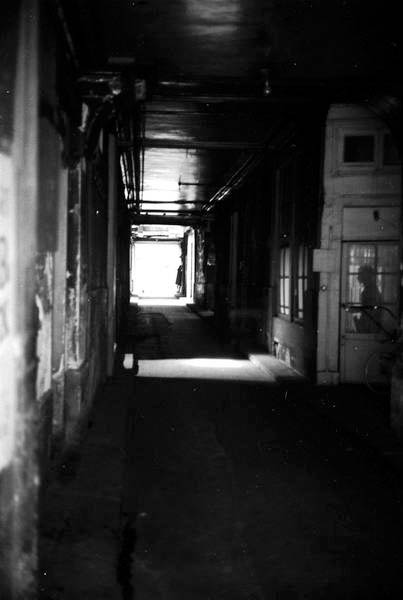
I think most of the pictures here were in the few pages of that portfolio, but 50 years on I can’t find a copy or the letter from the editor though I’m sure I will have kept both somewhere. It was the first serious publication of my work, but I find I’ve not included it on my CV.
Back in 2009 I put a larger selection of images, 35 in all, from that trip on-line at Paris 73 where you can still view them. I’ll probably put some larger images online as a Flickr album shortly.
Flickr – Facebook – My London Diary – Hull Photos – Lea Valley – Paris
London’s Industrial Heritage – London Photos
All photographs on this page are copyright © Peter Marshall.
Contact me to buy prints or licence to reproduce.
